Farming Systems – Managing Profitability and Risk in a Grain Business
Author: Ed Hunt (Ed Hunt Ag Consultancy) | Date: 15 Sep 2015
Key messages
- We are in a new era for grain farming and risk profiles for grain businesses have changed dramatically
- The key factors effecting farm profitability must be assessed and managed differently
- Debt levels and decisions around debt are now even more important
- Planning and risk buffers must be extended to cover more years
Introduction
The face of grain farming has changed dramatically over the last twenty years and the key factors influencing farm business profitability must be considered differently for businesses to be successful.
The number of individual farms has gone down, average cropped area per business has increased, there have been critical changes in farm income to cost ratios, a shift from mixed farming systems to a much higher percentage of intensive cropping systems. Land values in grain growing areas have typically doubled; debt levels and total interest paid per grain farming business are at record levels and machinery costs per business have typically doubled. Climate variability in season and between seasons and trends over time has changed.
When combined this equals a new era for grain farming businesses and to be successful in this new era decisions must be made differently by farmers and the advice, products and tools of service providers is changing and has to continue to change.
This example below shows that for these Victorian Mallee farmers their costs since 2000/01 have doubled, but their average net income has not changed proportionally. In simple terms, to average a net farm income of around $100k in the earlier 2000’s involved costs of around $400k per farm, today it involves costs per year of $800k or more.
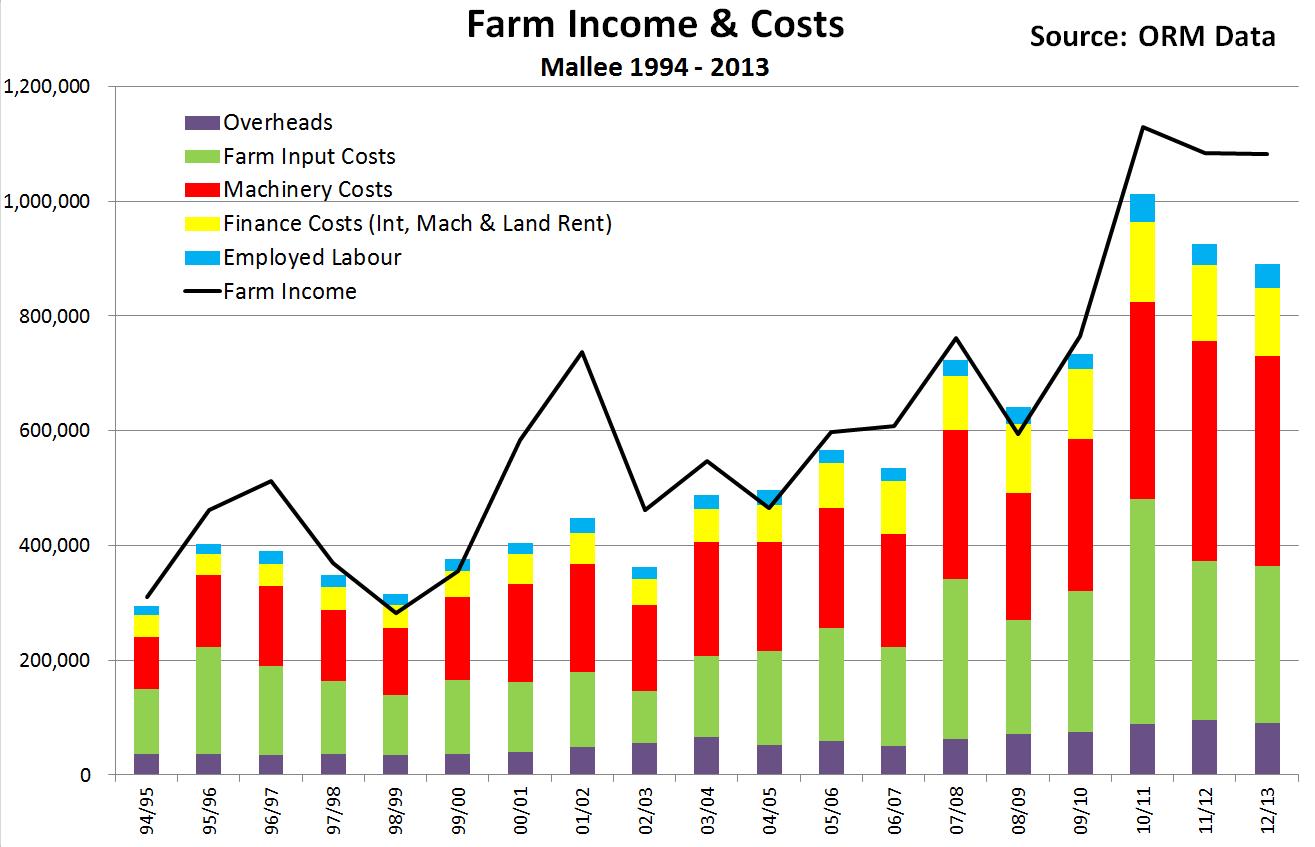
Figure 1. Farm income &costs (Mallee 1994-2013)
The graph below shows the trend in land values. Land values have doubled leading to larger balance sheets, but there is a growing disconnect between productive land value and what is being paid for land; this is being contributed to by a dramatic decline in productivity growth. Coupled with an intensification of farming systems, a change in farm machinery costs and climate variability and the farms of today have a very different risk profile to those of twenty years ago.
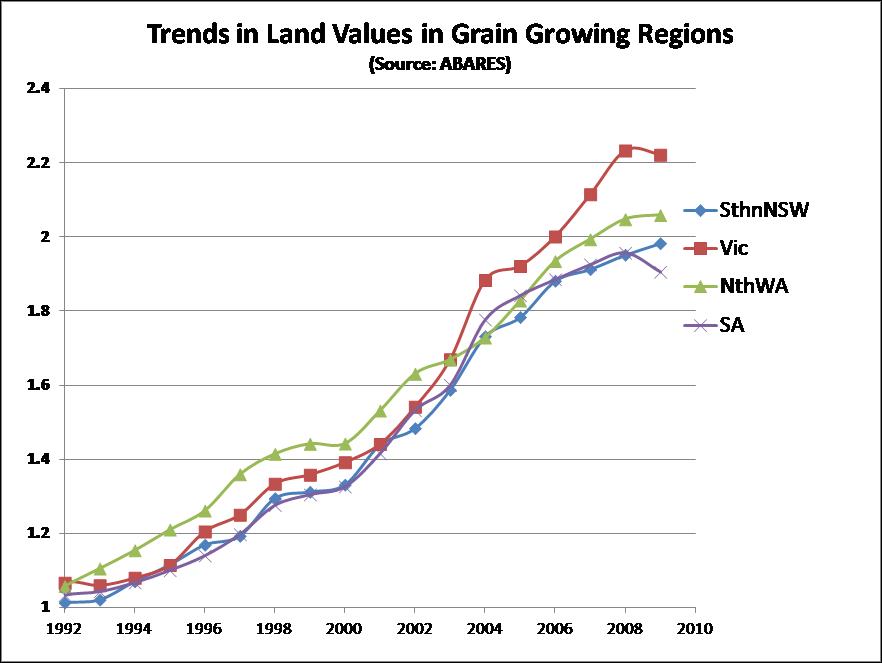
Figure 2. Trends in land values in grain growing regions
*Unit for the Y-axis are the change in land value relative to the starting value. The starting value is the 1992 average land value ($/ha) across all Australian states.
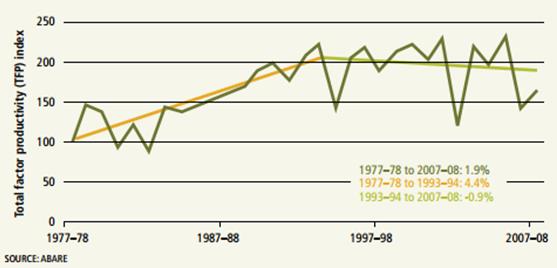
Figure 3. Grains sector total factor productivity growth over time
With the growth in land values farms have larger balance sheets to leverage. As farms have increased in scale they typically use borrowings to do so. This has led to the interest paid per business as a percetage of their total farm costs being at record levels. Though total bank lending is starting to decline as businesses recover from the millenium drought. We must remember this is occuring in an era of record low interest rates.
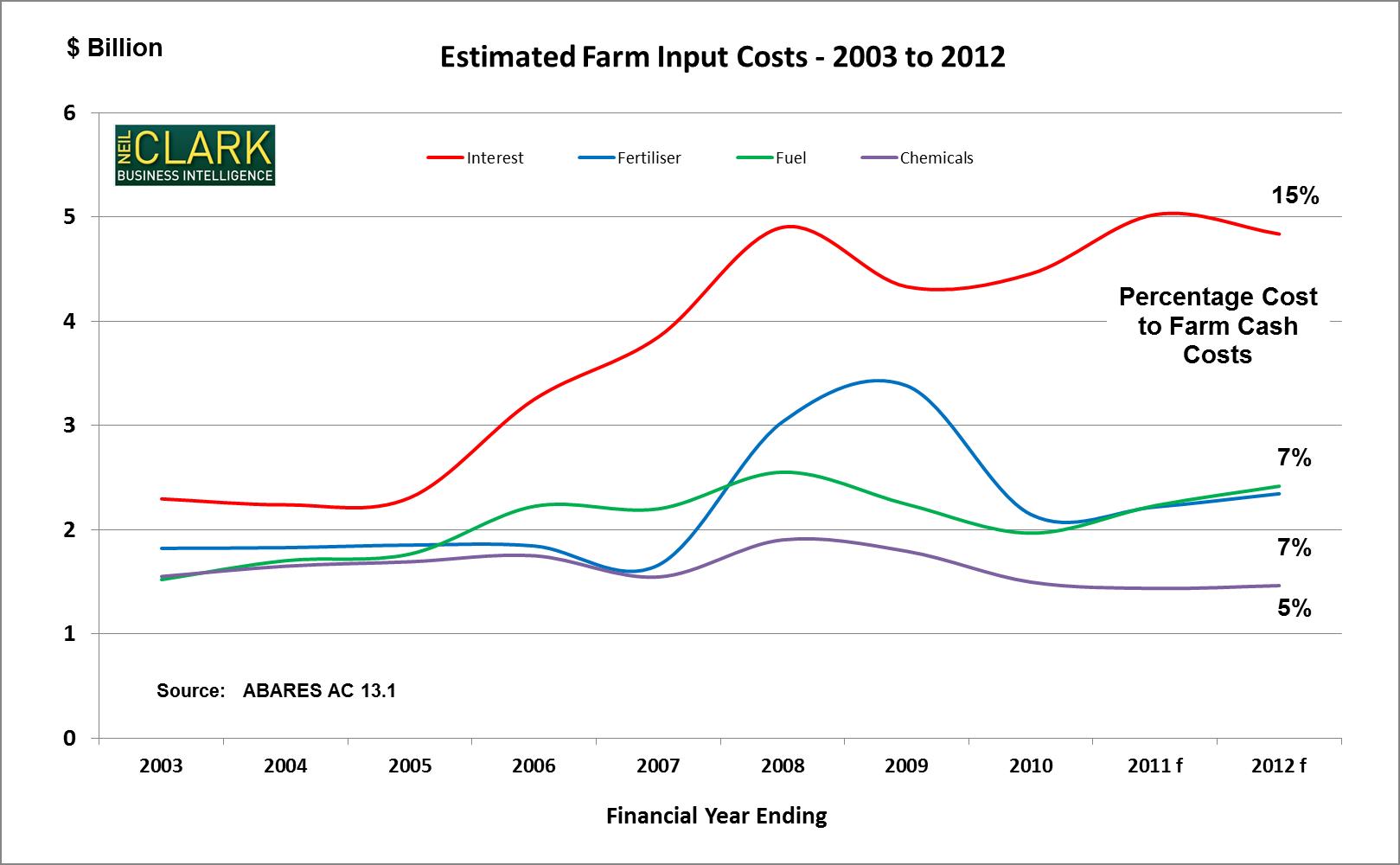
Figure 4. Estimated farm input costs (2003 -2012)
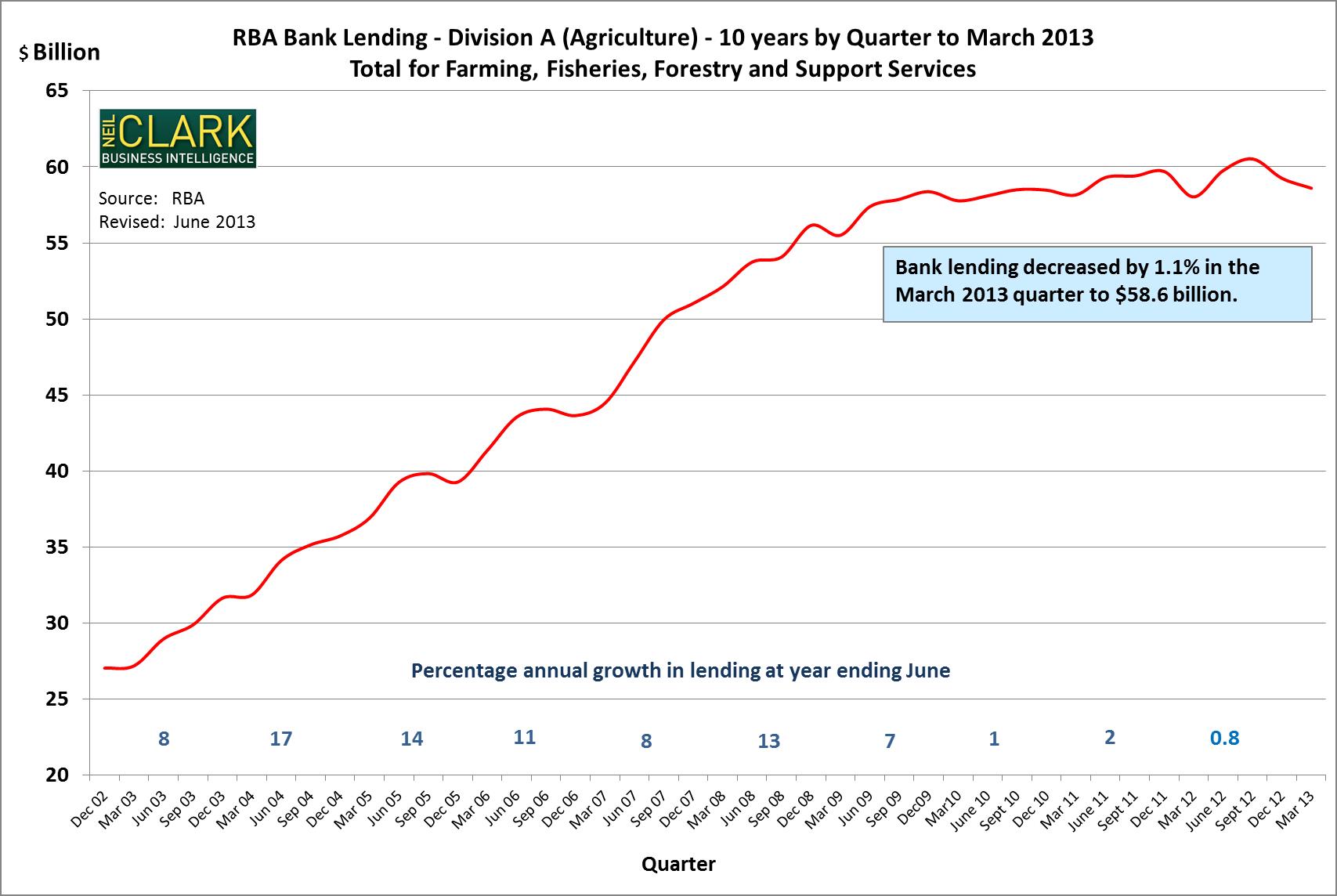
Figure 5. RBA Lending – 10 years by quarter to March 2013
Seasonal ups and downs are not new to farming in South Australia (SA). Extended periods of low rainfall where the five year moving average of annual rainfall can be 20-30 percent below the long term average has happened before and will probably happen again in the future (Figure 1). The challenge for South Australian farmers is to develop resilient farm business that are able cope with extended periods of below average rainfall.

Figure 6. Historic five year running mean average rainfall at Ouyen, in the Victorian Mallee.
Mallee Profit and Risk Workshops
Over the past two years we have worked with focus groups in the South Australian and Victorian Mallee to evaluate the profitability and risk of farm business managing different faming systems in that environment. This work was undertaken in partnership with Mallee Sustainable Farming (MSF) through the Grains Research and Development Corporation (GRDC) funded Low Rainfall Profit and Risk project (DS…)
Three focus groups were located at Waikerie, Karoonda and Ouyen. Over two workshops, group participants developed a model farm that was representative of their local region. Some of the key characteristics that were described for each model farm included:
- Size, cropping intensity and enterprise mix
- Crop yields defined for seasonal decile’s for three representative soil types
- Nitrogen fertiliser inputs by season and soil type
- Chemical inputs and other variable costs
- Freight costs
- Livestock enterprise
- Fixed costs
- Machinery ownership and re-investment strategies
- Family drawings, labour costs and off farm income
Using this information, the cash flow and end cash balance for the model farm was calculated for a decile 1,3,5,7 and 9 season (Figure 2). This analysis was then repeated across multiple scenario’s that were of interest to the workshop participants. Common scenarios included altering crop intensity, plus and minus livestock, business expansion and machinery investment.
Key messages from model farm analysis
One of the most critical messages to come out of project is that analysing business profitability in only an average season is almost a useless exercise. In most scenario’s analysis, the average (decile 5) season was a tipping point where both farms generally had a similar profitability. This is highlighted in Figure 3 which compares the Ouyen model farm as a continuous cropping business (100% crop) to a mixed farming business with livestock and a 75 percent crop intensity. In this example, the continuous cropping farm has much greater capacity for profit in the better seasons, however it could also be considered a much riskier business than the mixed farm with greater losses in poor seasons. This detail could not have been established through a simple analysis of business profit in an average season.
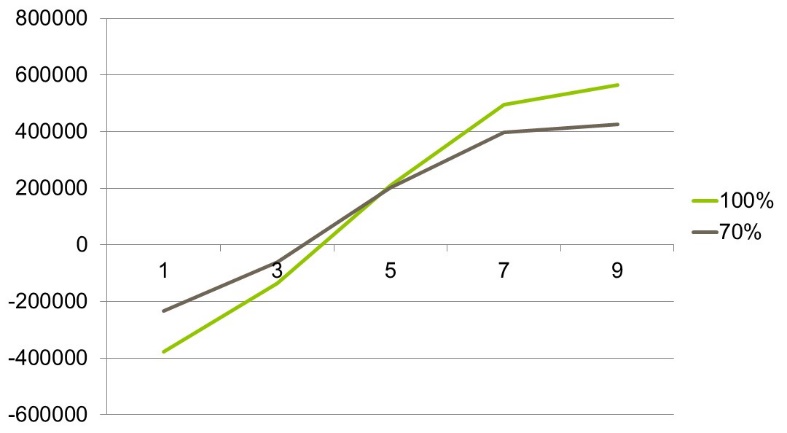
Figure 7. Comparison of financial balance across seasonal decile’s between a continuous cropping (100%) and mixed farm (75%) scenarios at Ouyen in the Victorian Mallee
While each of the model farms were unique, there were many commonalities in the key messages arising from the analysis:
- It is difficult (both financially and practically) to maintain nitrogen inputs in long term continuous cropping farming systems. Profits in the high rainfall seasons are being constrained as farmers are unwilling to fertilise to the levels required to reach potential yields. More ‘natural’ nitrogen is required farming systems through more frequent legume phases in paddock rotations.
- Farmers are relying on expensive chemical bills to maintain current high input farming systems which is in-turn increasing risk. Lower cereal intensities and a greater proportion break crops and pastures in the rotation are required.
- Livestock play an important role in moderating financial losses incurred from cropping in poor seasons. Business that choose to remove livestock need to find alternative methods to reduce risk. Examples include finding greater off farm income or maintaining higher levels of equity.
- Maintaining investment in machinery is a large cost and increases risk considerably. Generally, greater critique of machinery investment decisions is required by considering carefully what type of machine is required to reliably complete the task required. Shifting a greater proportion of machinery investments into profitable seasons is another strategy to reduce financial exposure in poor seasons.
Conclusion
Long periods of below average rainfall are relatively common in South Australia and should not be unexpected. The new era for grain farming businesses means businesses must be structured differently to be both profitable and resilient. While a current move to high input farming systems may provide for increased profitability in average to high rainfall years, more attention needs to be given to the business’s ability to cope with successive poor performing years and planning and risk buffers must be extended out to cater for multiple years.
Leveraging of increasing land values must be considered and managed carefully in an era of zero to negative productivity growth, increasing costs and record low interest rates. Whilst still recognising that businesses must continue to increase in scale over time to remain competitive. In the low rainfall Mallee, lower cropping intensity, greater use of legume crops and pastures, livestock, off farm income and prudent machinery expenditure are some of the key strategies businesses are using to remain profitable effectively manage risk. However what the stats and experience show is any farming system can be successful when managed well.
The future for Australian agriculture remains bright and businesses who address the factors of the new era and plan for current trends will remain profitable and successful into the future.
Contact
Ed Hunt
Ed Hunt Ag Consultant
edmund.hunt@bigpond.com
0428 289 028
Was this page helpful?
YOUR FEEDBACK
